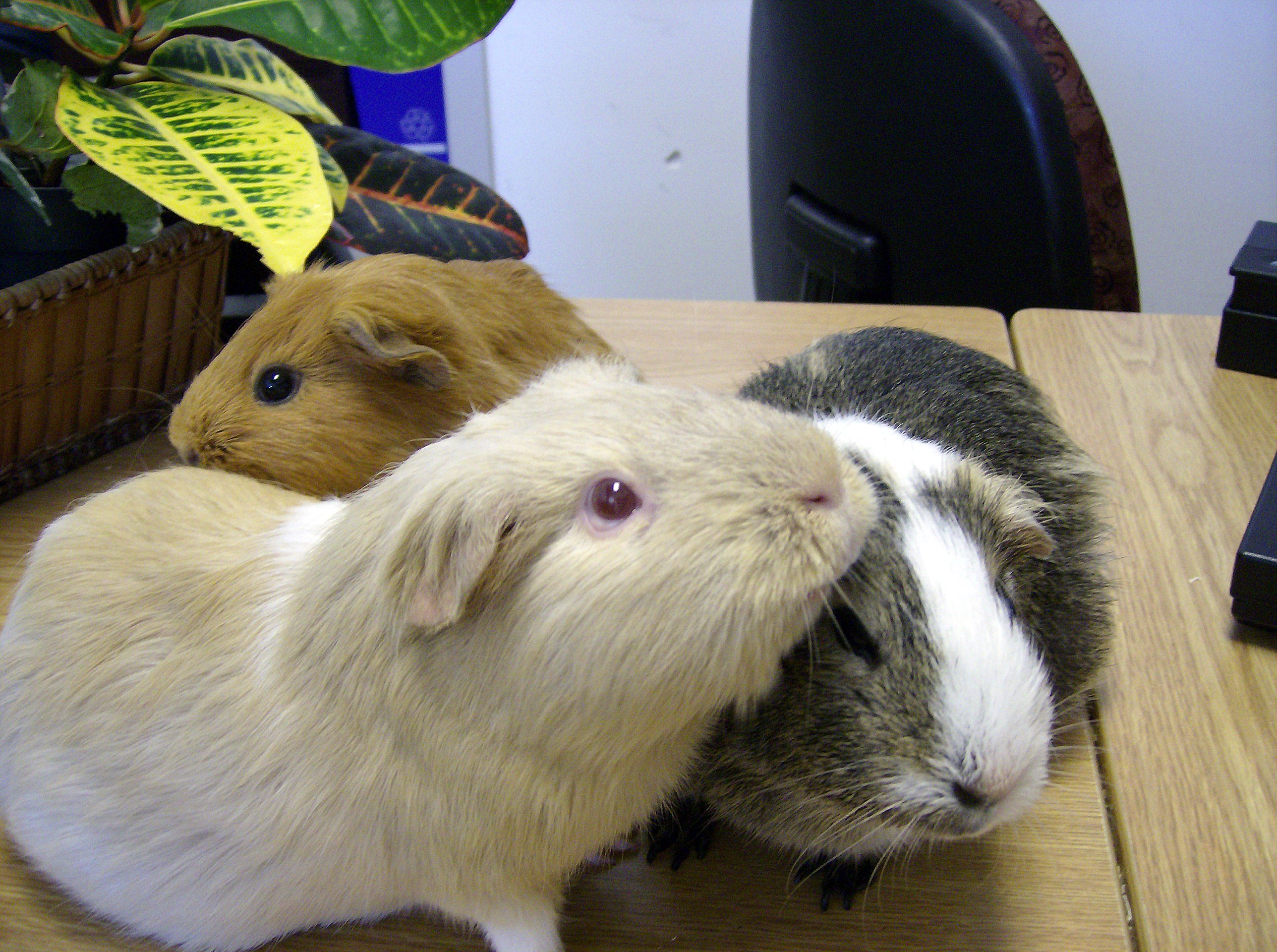Nonverbal communication is any type of communication info or messages from one individual to a different with out using your words. It can include everything from hand indicators to bodily look to physique language. Body language is a form of nonverbal communication that includes facial expressions, gestures, posture, eye motion, bodily touch, and different signals indicated through the physical body. Body language is a sort of nonverbal communication by which physical behaviors, as opposed to words, are used to express or convey information. Such habits consists of facial expressions, body posture, gestures, eye motion, contact and using area. Although body language is a vital a part of communication, most of it occurs with out conscious consciousness.
The eyes can say a lot
Laughter is also a sign that someone is relaxed, since stiff and nervous folks often don't laugh genuinely or instead might give a tense snicker if they feel nervous. When someone does an eyebrow flash, you’ll usually see their eyebrows raise barely for less than ⅕ of a second.
Being conscious of boundaries some people might have around casual contact can help you keep away from assuming someone dislikes you. Certain mental well being conditions can also impression someone’s body language. Someone with social anxiety may discover it extremely hard to satisfy and hold someone’s gaze, for example. Eye blocking, or covering your eyes, expresses emotions such as frustration and fear. And generally the eyelids shut to show willpower, whereas generally the eyelids flutter to show that you've screwed up and really feel embarrassed.
Environmental factors like temperature, noise levels, and the presence of other individuals can all affect body language. In social settings, body language typically turns into more relaxed and expressive. On a date, for example, signs of attraction might include mirroring the other person’s posture, frequent smiling, and leaning in during conversation. Among associates, playful touches and open postures usually indicate consolation and camaraderie. But it was perhaps Paul Ekman who actually catapulted the study of body language into the mainstream. Have you ever puzzled why you immediately clicked with somebody or felt uneasy around another particular person with out exchanging a single word?
 Physical Retreat
Physical Retreat Loneliness is destructive and Https://hificafesg.Com a gateway to the development of more severe problems, like anxiety and depression. As we lose the nonverbal skills of connecting, loneliness makes gains. To build a relationship, you want to ditch the poker face and present us what you're feeling. Neurodiverse people face conflicting expectations about emotional expression. Gus Walz's story reveals the bias and challenges around being authentic.
Pay attention to both what people say and how they say it.
Understanding body language can go a good distance toward serving to you higher talk with others and interpreting what others might be making an attempt to convey. While it might be tempting to choose apart signals one by one, it's important to have a look at these nonverbal signals in relation to verbal communication, different nonverbal alerts, and the situation. The term proxemics, coined by anthropologist Edward T. Hall, refers back to the distance between people as they interact. Just as physique actions and facial expressions can talk a nice deal of nonverbal information, so can the physical area between people. It’s straightforward to fall into the entice of over-interpreting or misreading physique language. Be cautious of confirmation bias – the tendency to interpret cues in a way that confirms your preexisting beliefs. Also, keep in mind that while body language can provide useful insights, it’s not mind-reading.
Article top media content
Popular depictions of physique language typically give attention to the ability to decode mendacity, scan someone to detect defensiveness, or uncover different such unfavorable habits. The idea is that folks could say one factor and be signaling one other, so physique language is a useful way to find out the truth. Picking of imaginary lint is another one of the physique language examples of displacement gestures, which one makes use of to indicate disapproval of the attitudes or opinions of different. This motion makes one look away from the other particular person while doing some irrelevant action. One oft-cited instance is the difference between people from Latin cultures and people from North America.
Body Language and Nonverbal CommunicationCommunicating Without Words
However, it’s important to notice that everybody has their particular person quirks which could be totally different from the norm. Pacifying behaviors include a variety of self-soothing behaviors that serve to calm us down after experiencing one thing unpleasant. This could be seen with fidgeting, bouncing feet, and arm rubbing. As a common rule of thumb, any repetitive habits is likely pacifying. Effectively, individuals who contact their ears this can be trying to "block" information that they’ve simply heard—whether it’s a prodding question, or even when they’ve been accused.












